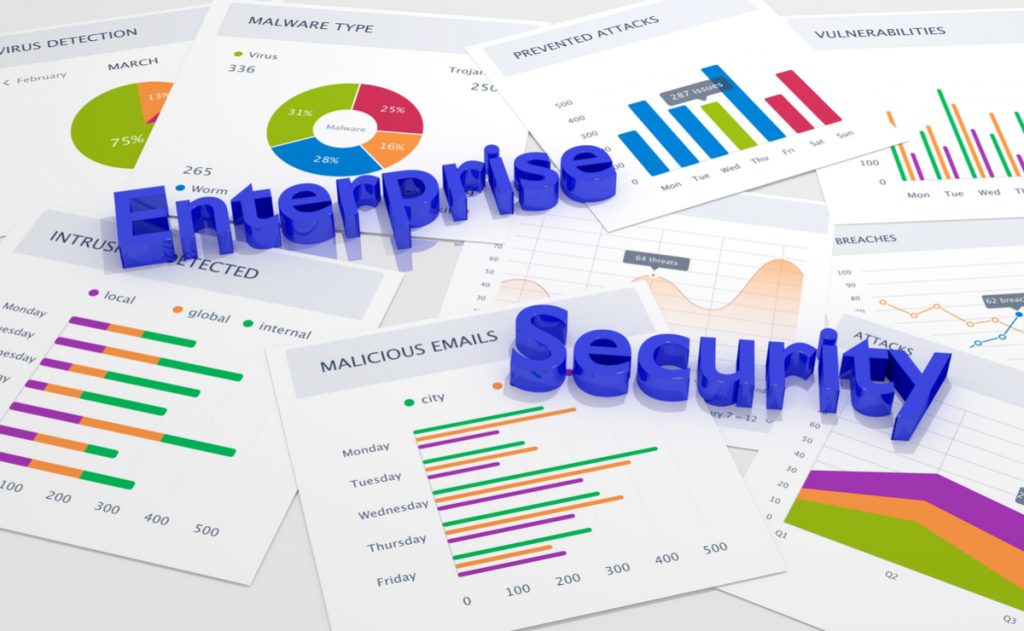If you are someone who has gone through many of the recent security columns or opinions, you’re bound to notice the word “risk-based” The word has taken the security industry to a completely different level as the time brings for a comprehensive risk-based approach or a risk-based approach to security is key to business alignment. Though most of these columns have failed to acknowledge what exactly is a risk-based approach that is being followed in the cybersecurity world. The problem for many of the security experts that are looking to learn more about the risk-based approach is hitting the wall, as it could just end just like being another buzzword failing to bring the benefits it is supposed to bring for the enterprises.
What is the definition of risk-based cybersecurity approach?
If someone tells you that their company is taking the risk-based approach to cybersecurity, what they exactly mean is that when it comes to security-related situations or decision making, they consider the risk as to the foremost factor above all the others. The risk-based approaches are followed in the case when the compliance procedures are opposing the risk-based approach; it’s mainly driven with security objective that opposes other paper-based position. Risk-based security teams are more concerned with reducing their organization’s real exposure to cyber-attacks and data breach than getting a system in place to prevent the cyber-attacks. The risk is an important condition when delivering a security solution; a risk-based approach is proactive rather than reactive. Instead of focusing on the incident response, the team of experts using various reactive approaches to test the systems based on various threat intelligence and prevention.
Why many of the cyber experts are talking about the approach is because we are just closer to reality rather than a completely hypothetical situation of cyber-attacks. The main aim that is being followed by the cyber experts is meaningful risk reduction but not 100 percent security. It will assist in giving a clear view when it comes to C-level security executives and board members to take pragmatic decisions about the resources and budget allocation. It will depend greatly on the requirements of the enterprises for cybersecurity.
Enterprises that are developing a risk-based approach or actively thinking about developing a risk-based approach might soon have to face a few of the below challenges.
1. Continuous monitoring
A risk-based approach to cybersecurity is dependent on the accurate risk knowledge for each threat. It means that the security teams of the company should be able to view the security risk based on the facts or numbers rather than on opinions, trends, or headlines. When dealing with long term of security trends, data play a very important role; in the fast-moving IT world, data is one of the biggest requirements. It’s where the cybersecurity plays a very important role when it comes to making a security a complete solution. Data will give a complete understanding of different cybersecurity requirements, without leaving any of the blind spots. Point-in-time vulnerability assessments and penetration tests only occur once or twice per year and must be supplemented with different kinds of assessments to fill the gaps.
A security rating is one of the most popular techniques that is being followed continuously in the cybersecurity risk assessment. The rating provides insight into the compromised system, security diligence, user behavior, and other factors that increase an organizations risk to different exposures. The insights provided are then developed in a single number, updated daily, and the grades vary depending on the individual risk vectors. Independent research shows that BitSight Security ratings correlate to data breaches. Enterprises currently that have the BitSight security rating of 500 or lower are nearly five times more likely to have breach than those with a rating of 700 or higher.
2. Prioritization
A risk-based cybersecurity program will have a system in place when dealing with prioritizing security risks that are based on the relative risk levels depending on the risk exposure. With more channelized prioritization happens, the risk-based approach relies on two key elements- Knowledge of the threat and knowledge of the target. It also means that security leaders running a risk-based program must be able to maintain a consistent awareness about some of the latest and most urgent cybersecurity threats that are affecting the enterprise currently. The leaders should be able to define the cyber risks based on the industry and region along with that getting a deep understanding of the systems and data those threats that could affect the system.
Along with the complete knowledge that is being scrutinized, a security leader will be able to determine the project requirements and most about any given resource requirements. It also assists the leaders in gaining confidence when dealing with the implementation of any decisions when dealing with security requirements, whether it’s new access control or need of security infrastructure in place. Prioritizing should be dynamic based on the short cycle of recommendation rather than followed procedure, rather than monthly or quarterly initiatives. Prioritization relies on continuous monitoring tools like security ratings.
3. Benchmarking
To gain a complete understanding of the cybersecurity risks, experts just can not asses that how well prepared is the enterprise against any threat under opinions. Risk is a very relative term and can only be improved with new relations and understanding. A risk can be compared to historical data to understand the performance of the system, along with the performance of peers, competitors, and industries.
Security benchmarking is a method of accessing the security scenarios of the enterprise in comparison to the other security criteria of the enterprises. Suppose a system has a security rating of “D” when dealing with malware that means they are performing at the worst level than all the organizations. Some benchmarking is based on the industry, while others on size and basic understanding.
Conclusion
When comparing a compliance-driven organization with risk-based approach following organization, it can save a considerable amount of resources. Many enterprises have to spend millions of dollars on the cybersecurity approach; however, over time, there has been a rise in the breach as a result of user errors or an underprepared third party. A risk-based approach will maximize your preparedness when dealing with such complicated scenarios.
To know more, you can download our latest whitepapers on Cybersecurity.














